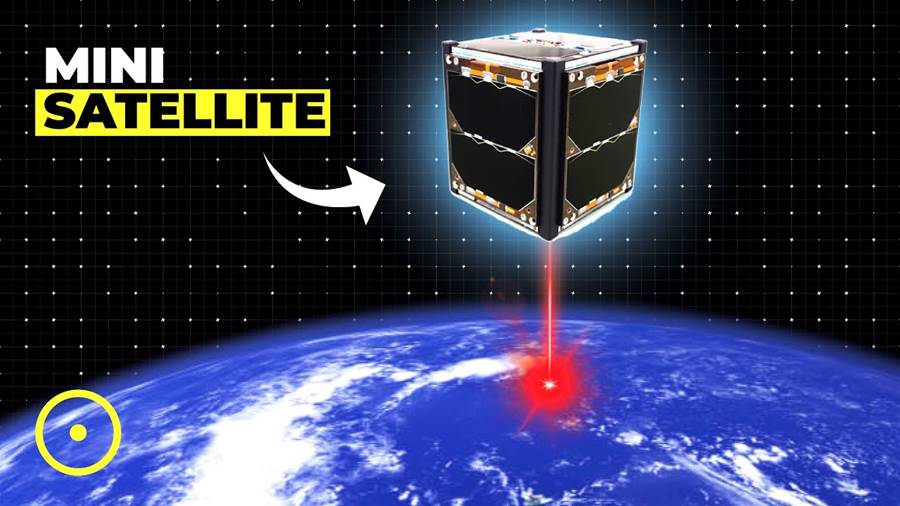
Miniaturized satellites, also known as minisatellites, are revolutionizing various fields of study and enabling scientists to gather critical data in a cost-effective and efficient manner. These small satellites, weighing between 100 to 500 kg, are helping us in numerous ways, from monitoring climate change to advancing space exploration.
One of the most significant applications of minisatellites is in the field of Earth observation. With their small size and low cost, they can be deployed in large constellations, providing continuous and comprehensive coverage of the Earth's surface. These satellites are equipped with advanced imaging sensors and instruments that capture high-resolution images and collect valuable data about the planet's environment, natural resources, and weather patterns.
Minisatellites are playing a vital role in monitoring climate change by studying key indicators such as ice caps, deforestation, and pollution levels. Their frequent and extensive data collection allows scientists to track the fluctuations and impacts of climate change more accurately. This information helps in devising effective strategies for mitigating its adverse effects and preserving the planet for future generations.

In addition, minisatellites are aiding in disaster management. By detecting and monitoring natural disasters such as hurricanes, floods, and earthquakes, these satellites help authorities to respond quickly and efficiently.
Furthermore, minisatellites are serving as valuable tools in the field of telecommunications. They are being used to establish and improve global internet access, especially in remote and underserved areas. These satellites enable connectivity by relaying signals and provide a cost-effective solution for bridging the digital divide.
Minisatellites are also contributing significantly to the field of space exploration.
Moreover, the development and deployment of minisatellites have democratized access to space. Traditionally, satellite projects were limited to major government agencies and large corporations due to their immense costs. However, the reduced size and costs of minisatellites have allowed universities, startups, and even individuals to enter the space industry, fostering innovation and encouraging new discoveries.
In conclusion, minisatellites have emerged as powerful tools for various fields, including Earth observation, climate change monitoring, disaster management, telecommunications, and space exploration. Their miniaturized size and improved capabilities have made them indispensable in gathering critical data, advancing research, and enabling cost-effective access to space. As we continue to harness the potential of these small satellites, their contributions are likely to expand, benefiting humanity in a multitude of ways.








